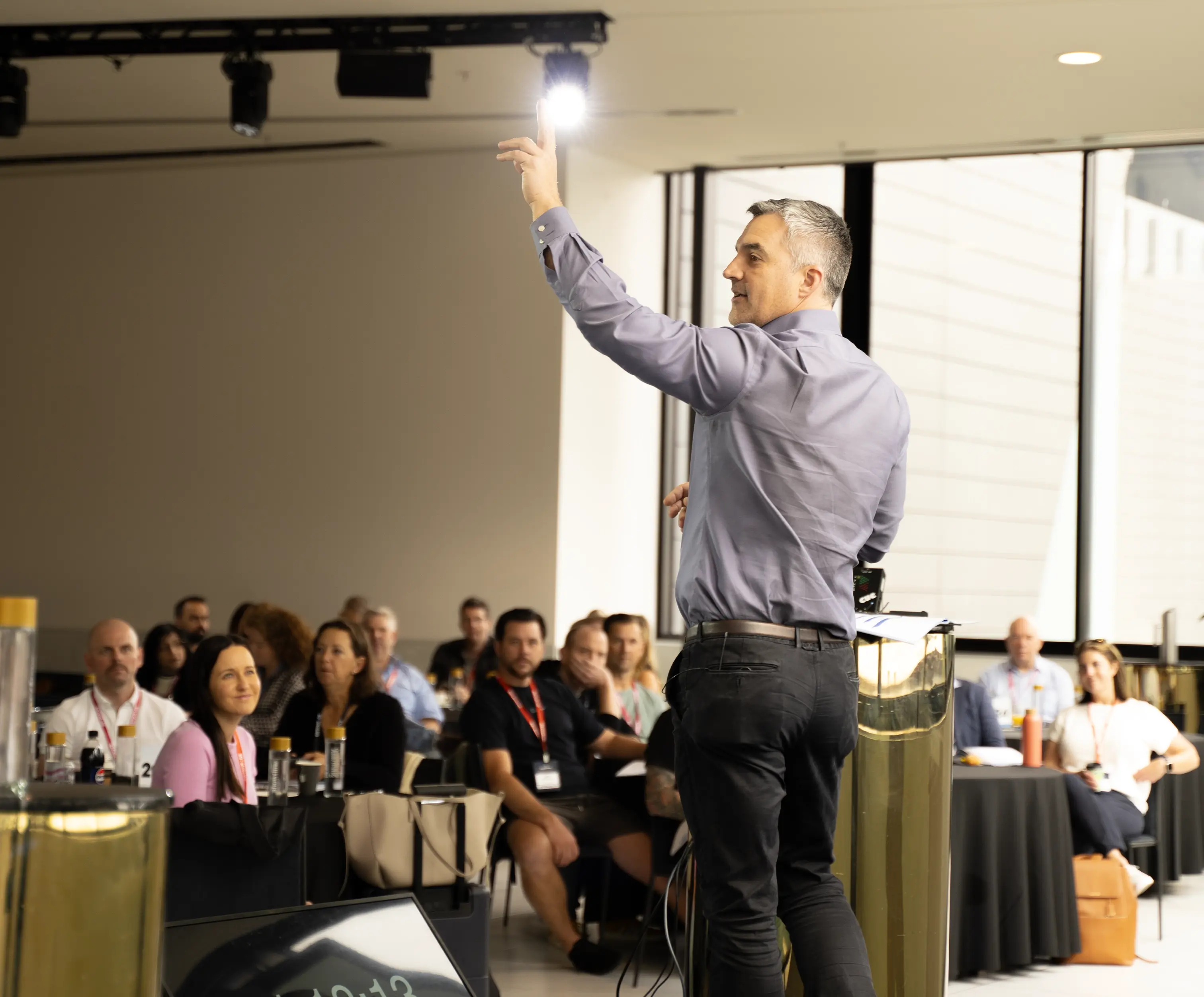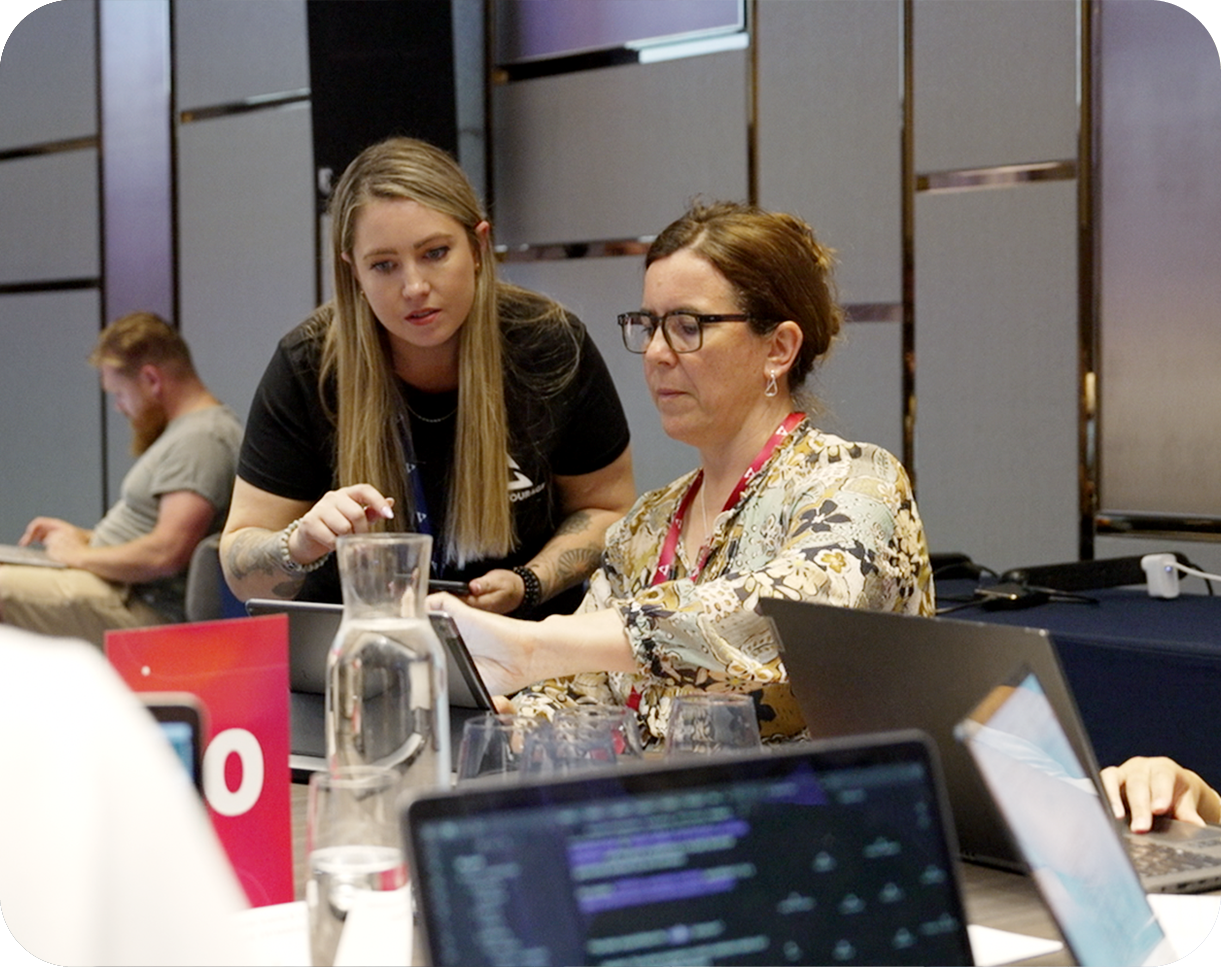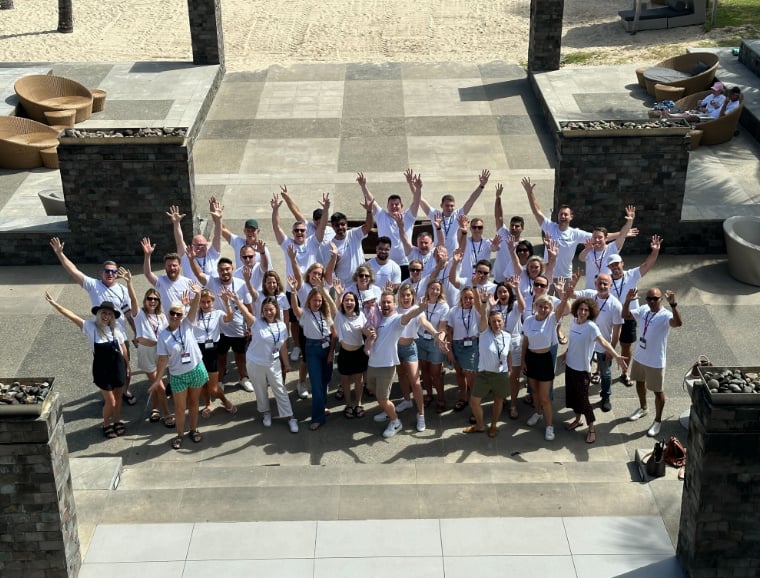Every click, search, and upload lives somewhere inside massive, humming digital cities built for resilience and reliability. These aren't sci-fi towers; they're data centers powering everything from hospitals to streaming apps and social networks. Behind sealed doors, climate-controlled halls keep information alive twenty-four hours a day, every single day. Power, cooling, and security operate in perfect sync to make downtime almost impossible to achieve.
Data centers never sleep because the world demands constant access to information. When you check email at midnight or stream videos during storms, these facilities keep working regardless of what happens outside. The infrastructure exists to serve a world that never stops needing digital services. This constant operation isn't automatic; it requires meticulous engineering and careful planning.
These facilities are where digital life never sleeps, a world few see but everyone relies on. TierPoint data center facilities represent the backbone of modern infrastructure. Understanding what keeps these systems running helps explain why the internet feels so reliable to us. The complexity hidden behind the scenes makes seamless digital life possible.
Where Power Never Pauses
Data centers are designed for one thing above everything else: constant uptime without interruption. Redundant power grids ensure that if one source fails, backup systems activate instantly. Generators stand ready to kick in during grid failures, and battery backups provide bridge power during transitions. Even during massive storms or complete grid outages, operations continue seamlessly without pause.
Thermal management is equally critical because servers generate enormous heat that would destroy equipment in minutes if left unchecked. Precision cooling systems maintain exact temperatures across thousands of machines simultaneously. Hot aisles and cold aisles separate warm exhaust from cool intake, maximizing efficiency. Advanced monitoring tracks temperature variations measured in single degrees to prevent equipment failure.
Power distribution requires multiple independent pathways so equipment never depends on a single circuit. This redundancy costs significantly more than simple infrastructure but prevents catastrophic failures. The investment in backup systems pays dividends by ensuring that customers never experience outages due to power failures.
Built Like Fortresses
Physical and cyber defenses work together seamlessly to prevent intrusion or damage to critical systems. Biometric entry systems ensure only authorized personnel can access restricted areas. Surveillance cameras monitor every movement and every action taken in the facility. Fire suppression systems protect equipment while preventing harm to personnel working inside.
Access logs create accountability trails that track who entered what areas and when. Multi-factor authentication prevents unauthorized access even if someone steals physical credentials. Visitor protocols ensure that temporary access can be revoked instantly when needed. Security operates on the principle that trust must be verified constantly, not assumed once.
Cyber defenses extend physical security into the digital realm where actual attacks originate. Firewalls, intrusion detection systems, and continuous monitoring watch for suspicious activity inside and outside the network. Security teams analyze traffic patterns looking for deviations that might indicate compromise. Every square foot and every data stream protects what the world depends on.
Quiet Giants of the Internet
These facilities don't seek attention or headlines because their job is to work invisibly in the background. Yet they keep economies running and lives connected every single moment. The more digital our society becomes, the more these hidden cities become our true infrastructure. Businesses that fail to invest in proper data center facilities lose customers to competitors who provide better reliability.
Uptime percentages matter tremendously to organizations depending on constant access to their systems. A data center promising 99.99 percent uptime means only about fifty minutes of downtime annually. For organizations processing millions of transactions daily, that difference translates directly to revenue and customer satisfaction. The investment in redundancy pays real dividends.
Competition among data centers drives continuous innovation in reliability and efficiency. Newer facilities incorporate lessons learned from outages and disasters experienced by others. Technology improves regularly, allowing data centers to process more workloads using less power. This efficiency matters for both sustainability and cost reduction that benefits customers.
Conclusion
Behind every click is a complex, carefully built network keeping our world online and connected. Recognizing what makes a TierPoint data center secure is understanding what keeps modern life possible. These hidden cities sustain everything we do digitally, quietly doing their job regardless of whether we notice them.
Data centers represent humanity's commitment to keeping information accessible and safe. The engineers and technicians staffing these facilities work tirelessly to maintain systems we take completely for granted. Their expertise and dedication enable the digital world we inhabit daily.
The future will demand even more from data centers as society becomes increasingly digital. New technologies will emerge, but the fundamental principles of redundancy, security, and reliability will remain constant.
Related Categories
Ryan Terrey
As Director of Marketing at The Entourage, Ryan Terrey is primarily focused on driving growth for companies through lead generation strategies. With a strong background in SEO/SEM, PPC and CRO from working in Sympli and InfoTrack, Ryan not only helps The Entourage brand grow and reach our target audience through campaigns that are creative, insightful and analytically driven, but also that of our 6, 7 and 8 figure members' audiences too.





